Restorative Practices: Myths & Facts
Seven common myths about restorative practices.
Seven common myths about restorative practices.
Restorative practices are essential for making our schools caring, productive, and equitable places where every child can learn and thrive. Through our years of work helping hundreds of schools implement restorative practices, we’ve seen their power.
Restorative practices require a school-wide commitment and take time and resources. But the benefits go far beyond reducing the suspensions. As one principal told us: “The impact of this work is apparent in our data, including our academic performance and surveys of teachers, students, and parents, which show how much trust there is between students and staff. Suspensions are now a rarity in our school. We don’t need suspensions to sustain student engagement and respect.”
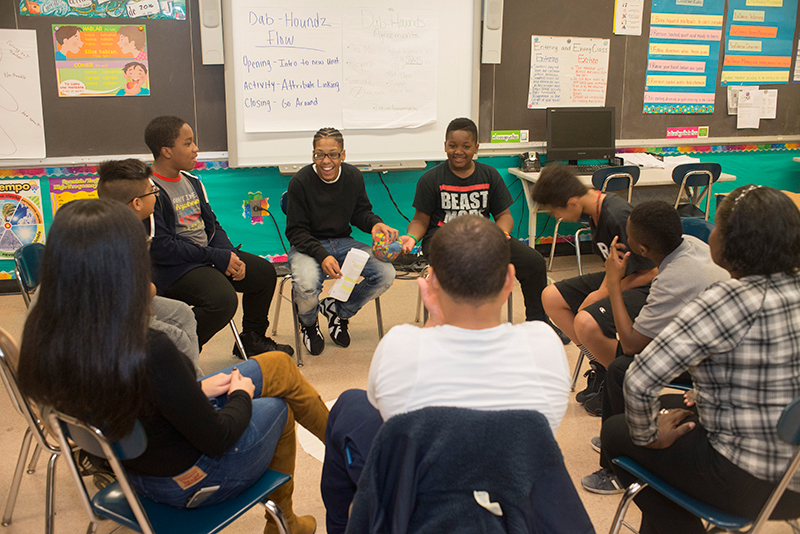 Restorative practices are a set of processes and tools that help us create a caring school community and keep that community whole. The premise is that people and relationships are valued first and foremost. When people make mistakes or cause harm, restorative practices can help them to understand the impact of their actions, heal the harm, and restore the community.
Restorative practices are a set of processes and tools that help us create a caring school community and keep that community whole. The premise is that people and relationships are valued first and foremost. When people make mistakes or cause harm, restorative practices can help them to understand the impact of their actions, heal the harm, and restore the community.
Restorative practices offer a positive alternative to the punitive forms of discipline that can lead to the disproportionately harsh discipline of students of color. When they are fully implemented, they enable both young people and adults to:
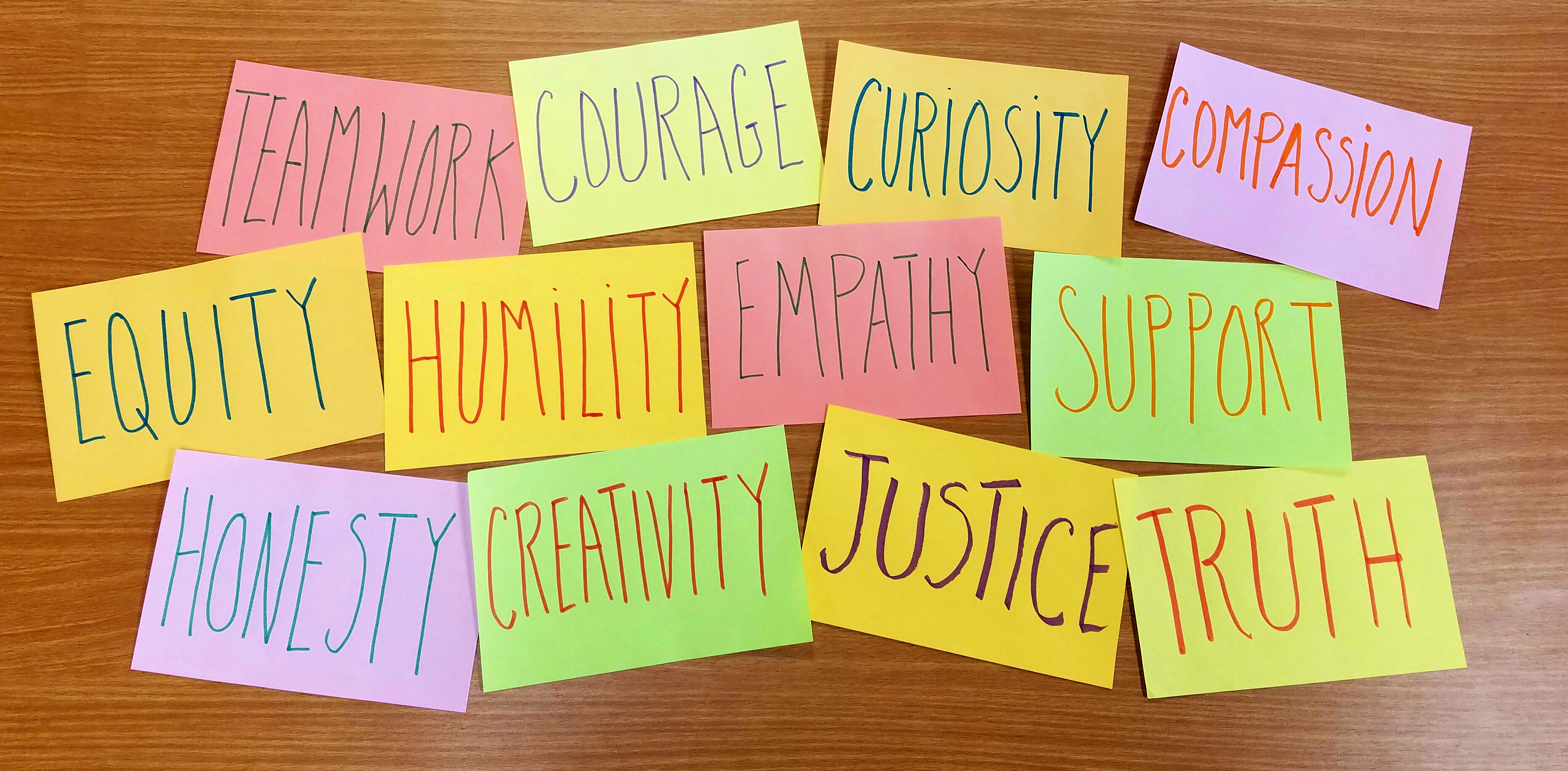
Myth 1: Restorative Discipline is soft. There are no consequences—students get away with problematic behavior.
Fact: High expectations and accountability are central to RD. Students are held responsible for their behavior and are expected to repair any harm their behavior may have caused (in ways traditional discipline often neglects).
The community is also held accountable for supporting students so they can be successful in making amends and appropriate changes to their behavior going forward. Consequences should be relevant to the student, their behavior and the people they impacted. The goal is to repair harm, learn from mistakes and build the tools needed to make better choices in the future. Thus, relationships are maintained and strengthened despite conflict and harm doing.
Think about it: When we limit our consequences to removing students from the community, why then are we surprised when students don’t want to take responsibility for their actions and/or be accountable for a community that sends the message: “we don’t want you here.”
Myth 2: The point of Restorative Discipline is to get rid of student removals, putting the full burden of student discipline on the classroom teacher.
 Fact: The point of RD is teaching and learning, supporting students to make responsible decisions and be accountable for their actions. The burden is shared in that the student is expected to become more self-disciplined with the support of the community (including peers). There may still be times when a temporary removal is needed (e.g. to keep the student in question, classroom and/or school community safe) but suspension should not be the go to response nor should it stand alone—a restorative conversation, circle or conference in which healing, repair and learning from one’s mistakes are the focus; and/or a circle for reentry into the community, may accompany the temporary removal of a student to allow for restoration and learning.
Fact: The point of RD is teaching and learning, supporting students to make responsible decisions and be accountable for their actions. The burden is shared in that the student is expected to become more self-disciplined with the support of the community (including peers). There may still be times when a temporary removal is needed (e.g. to keep the student in question, classroom and/or school community safe) but suspension should not be the go to response nor should it stand alone—a restorative conversation, circle or conference in which healing, repair and learning from one’s mistakes are the focus; and/or a circle for reentry into the community, may accompany the temporary removal of a student to allow for restoration and learning.
Myth 3: Restorative Practices takes too much time.
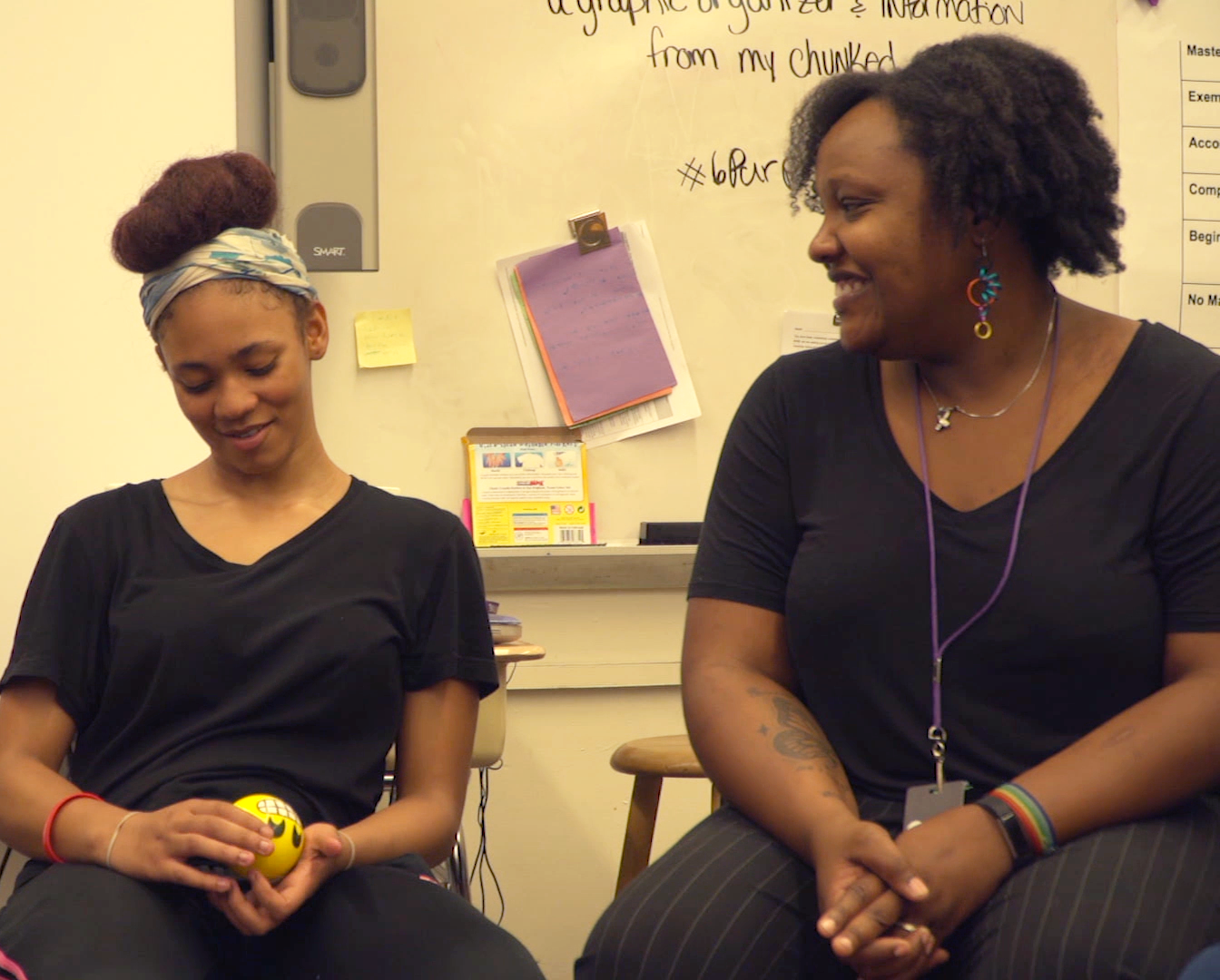 Fact: Punishment-based models take up time because underlying needs and lagging skills aren’t addressed which means problematic behaviors continue, get worse and likely require ongoing attention. RP takes time up front because it is relational, and building relationships takes time. In the long run, however, time is saved because underlying needs and lagging skills are addressed instead of being pushed down the road. RP encourages students to gain the self-awareness, skills and self-control to make more responsible decisions and resolve their own conflicts, thus requiring less adult intervention.
Fact: Punishment-based models take up time because underlying needs and lagging skills aren’t addressed which means problematic behaviors continue, get worse and likely require ongoing attention. RP takes time up front because it is relational, and building relationships takes time. In the long run, however, time is saved because underlying needs and lagging skills are addressed instead of being pushed down the road. RP encourages students to gain the self-awareness, skills and self-control to make more responsible decisions and resolve their own conflicts, thus requiring less adult intervention.
Myth 4: Restorative discipline is a job for the deans, who are trained to deal with disciplinary issues in restorative ways.
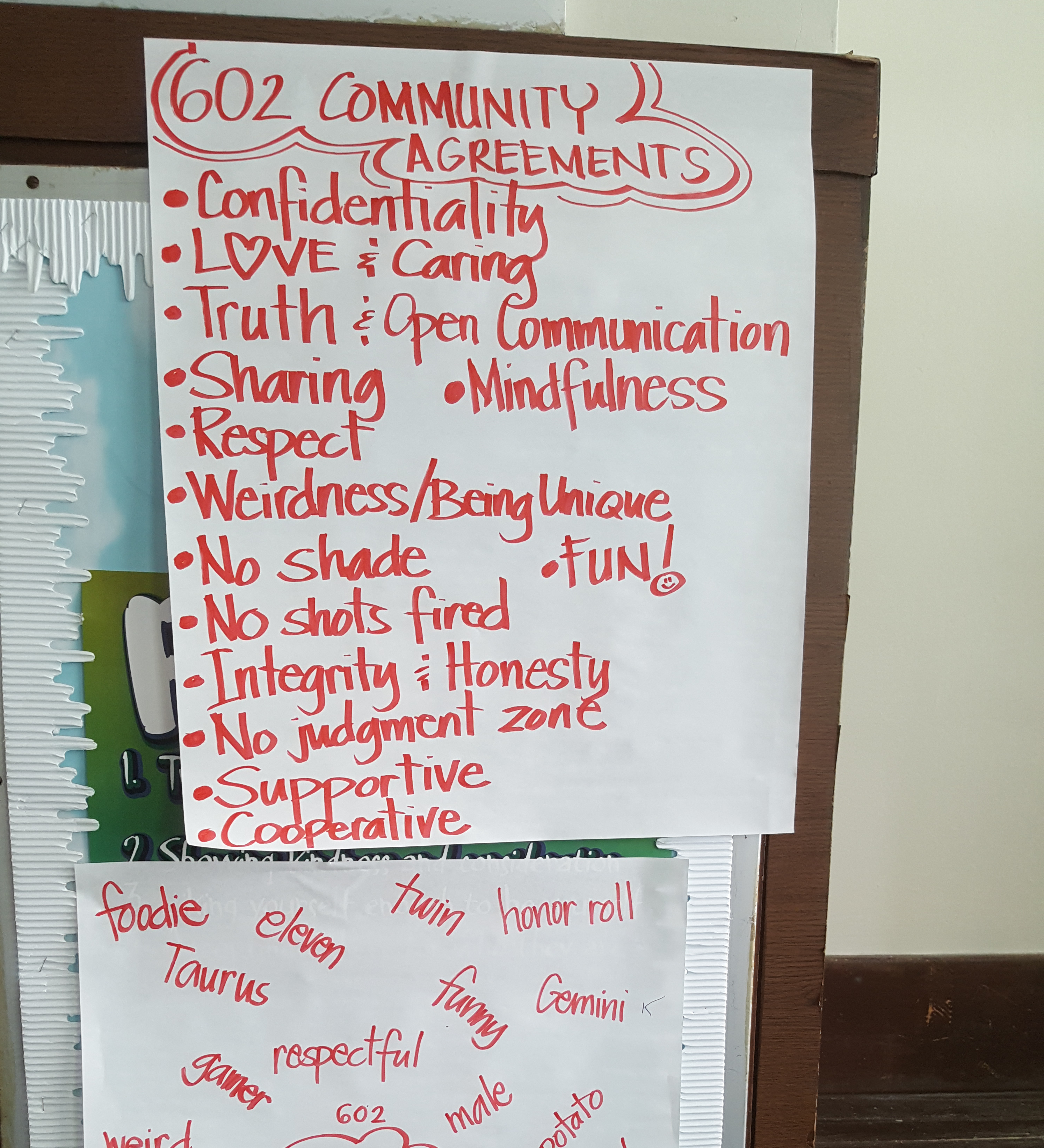 Fact: For RP to be successful it needs to be owned by everybody in the community, not just a select group. The aim of RP is to change the school climate and the way we interact with one another. It is not simply a response to student behavior. For this reason, administration, staff at every level of the school community, students, parents and support agencies should all be involved in training, planning, roll out, and ongoing implementation throughout the school day and year.
Fact: For RP to be successful it needs to be owned by everybody in the community, not just a select group. The aim of RP is to change the school climate and the way we interact with one another. It is not simply a response to student behavior. For this reason, administration, staff at every level of the school community, students, parents and support agencies should all be involved in training, planning, roll out, and ongoing implementation throughout the school day and year.
Think about it: No one person or small group is able to bring about the kind of cultural shift needed for Restorative Practices to be able to take root in a school community and beyond.
Myth 5: Restorative Discipline requires everyone in the school community to use a set of restorative questions when responding to problematic behavior.
Fact: Restorative Discipline (as part of RP) first and foremost requires a restorative mindset. Consistent language across the school community is important as we build and strengthen relationships, but there is no one script or set of questions to address diverse people with diverse needs, in response to diverse behaviors that may have inflicted harm. What schools need is a toolkit of practices and interventions to guide staff as they aim to maintain and strengthen relationships and support students in making responsible decisions.
Myth 6: Restorative Circles are therapy.
Fact: Restorative Circles might be therapeutic, but they are not (necessarily) therapy and do not require training as a therapist. Circle keepers need to be able to listen mindfully and be present while sharing responsibility for the circle process with their students. The keeper is both host and participant and, in that, needs to be willing to share authentically of themselves, be open to learn from their students, while modeling how to be in circle. Circles are about equity of voice, sharing control, and inviting people in. In sharing our stories, while others listen mindfully and bear witness, communities are built and strengthened and healing and restoration become possible.
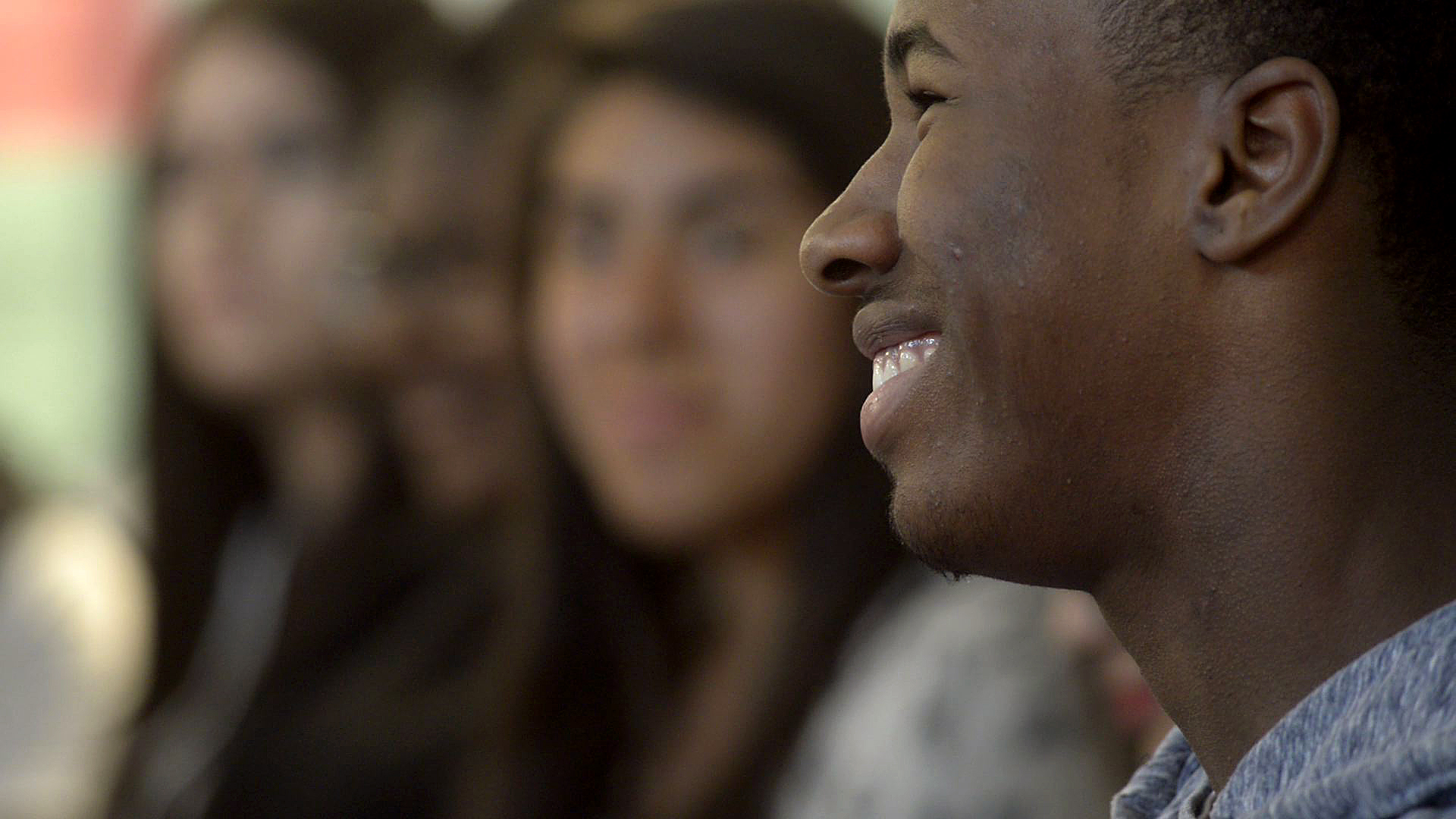
Myth 7: Restorative Practices is about people sitting in circles, that’s it.
Fact: Circles may be the foundational restorative practice in your school to build and reaffirm relationships while developing people’s social and emotional skills, but RP goes well beyond such circles. RP is a collection of tools and practices for developing and maintaining a respectful, inclusive and supportive school community. Through RP, community members develop and practice the skills to relate well to others, deal with challenges and problem solve as needed. Throughout the school day, RP is employed to build strong relationships, awareness, and skills; to reflect on behavior, recognize choices and make responsible decisions; and to shift from a punishment-only approach to repairing harm and learning from one’s mistakes.
Think about it: You can’t restore what you haven’t built, so you have to start by building relationships and stronger communities. As you do this, you also build buy in and skills that allow for healing, repair and restoration of relationships and community to become possible.